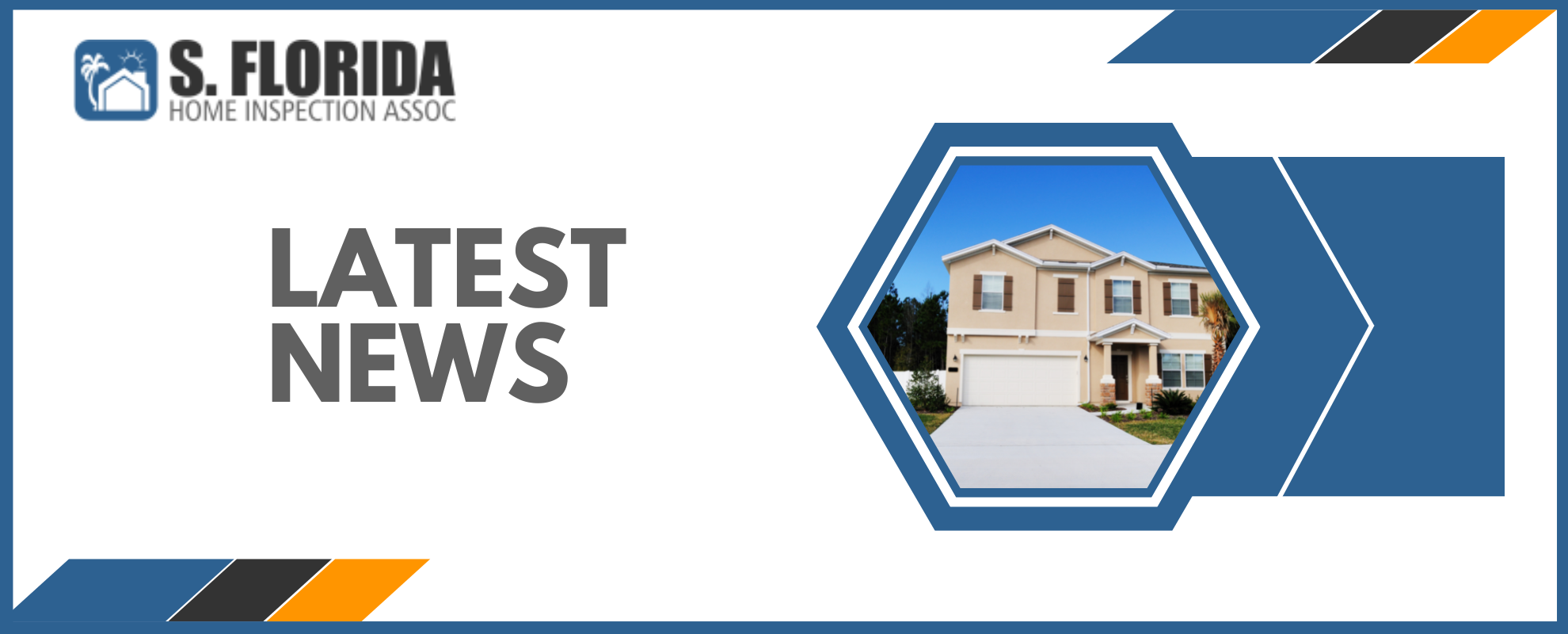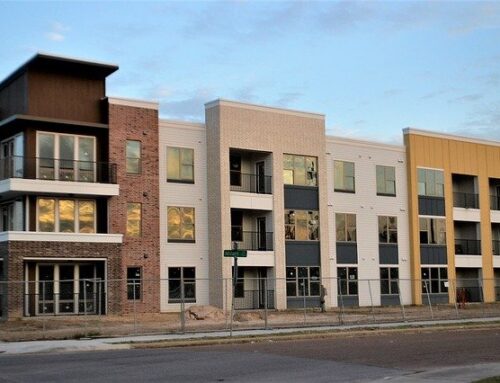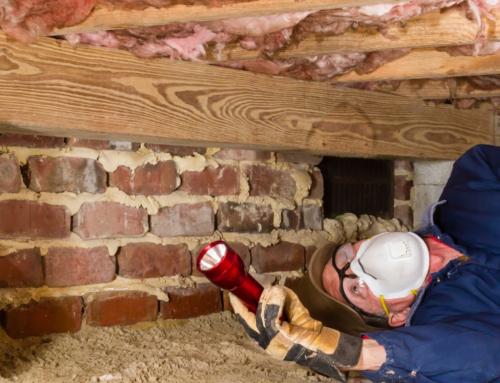South Florida’s rainy season brings with it both good and not-so-good elements, and we have to prepare our homes for both. Mid-May through October is considered the rainy season with August and September seeing the highest rainfall. Throughout this timeframe, South Florida normally receives 26.78 inches – that’s 70 percent of an entire year’s rainfall! Additionally, one minute it can be a downpour and clear skies the next; or raining on your home but not on your neighbor’s home across the street. This is Florida’s rainy season – if you don’t like the weather, just wait an hour; it will change.
Flood and Wind Preparations
Because of the Florida landscape, flooding is a major problem, especially in South Florida. So, the first and most important thing you can do to prepare for the rainy season is to purchase or review your current flood and wind insurance policy for your home. You don’t have to be in a flood zone to experience flooding – since 1978, South Florida’s low-risk zones have become susceptible to flooding, incurring between 20 and 25 percent of all flood insurance claims. Such flooding happens from severe rains, hurricanes and water backup caused by inadequate or overloaded drainage systems and dam/levee failures. Of course, most severe downpours and hurricanes bring with them severe wind damage, as well. Here are some other preparation thoughts:
- Valuable possessions – either move these to upper levels of your home or display them so they can be easily moved with the onset or weather alert of possible flooding. Also, take photos and video of your entire home and possessions for insurance purposes, as well as putting them and all documentation, as well as personal papers, in a bank safe deposit box.
- Keep three days of emergency supplies on hand in an upper level room – batteries, weather radio or radio with hand crank, charged cell phone, food (that doesn’t need cooking or refrigeration) and bottled water, can opener and eating utensils, medications, flashlights, a first aid kit, and any special needs.
- If you have outside fuel tanks, anchor them down. Anchor anything down that could float away, including children’s big toys and play gyms. This also includes anything underground, such as storage and septic tanks that should be completely sealed.
- If your area is prone to flooding, install a sump pump with back-up power.
- Consider elevating your furnace, water heater, and any other major appliances on the first floor and basement levels. Have these appliances placed on a separate electric circuit and gas pipes from the rest of the home with easy-to-access shut-offs on the upper level. Then, if you have some flooding, you can still have electricity in the upper level of the house and not worry about electrical shocks or gas leaks. Also, store all chemicals in high cabinets, preferably in the garage.
- Develop a plan for evacuation in case of severe flooding, having easy to get-to, prepacked bags for each family member and pet. If you wait until an emergency occurs, you could easily freeze with indecision, wasting valuable escape time.
- Something most Floridians don’t think of – purchase and use all-season tires for your vehicles. Though these are generally created to give you better traction on snow and ice, they also give you better traction when there is standing water on roads and helps keep your car from hydroplaning.
- Though some standing water on your local streets may be part of the water control design for your area, make sure that drainage grates are free of debris that has washed there from area yards, blocking drainage.
- Debris – get rid of it from your gutters, the roof, floor drains, and the yard to keep the water flowing freely away from your home and to limit damage from airborne debris. Do a weekly check of these during the rainy season.
- Trees – remove all dead branches, as well as those that are too close to your roof, windows and doors. High winds can blow them down and do major damage.
- Décor – store or anchor loose outdoor décor and yard ornaments. Patio furnishings can be stored and pulled out when needed. Such décor can become flying torpedoes that not only can do damage but also can be deadly.
- If you find your yard retains standing water, consider having your property graded to avoid this. Keep sandbags stored nearby to shore up structures and plug all doorways and other home openings.
- For the exterior of your home, consider replacing these construction materials with flood resistant ones. Have hurricane shutters installed on your home, which help to control damage even with heavy rains or winds.
- Finally, make a list of emergency numbers, especially if a special-needs person lives in the home. Also, make a list of repair contractors in case you incur damage – don’t forget to add several companies that clean up water.
Professional Inspections
If you haven’t had an annual home and windstorm inspection in the past 12 months, consider doing so. Inspectors will check your home for any possible problems that could occur during the rainy season. Such inspections can save homeowners thousands, compared to damage repair costs after a big storm. You can learn more about such inspections at: http://www.sfloridahomeinspection.com/InspectorServices.
The Fun Things to Do
Now that you’ve finished preparing your home for the negative possibilities of Florida’s rainy season, you can look after beautifying your home. Begin cutting back flowering shrubs as blooms fade in April, as well as doing any needed transplanting. May is a great time to plant trees, shrubs, vines and other heat-tolerant plants and annuals. It’s also a good time to begin an herb garden for those delicious dinners in the humidity-free indoors, while watching the soothing rain fall. June is the month to check your plants and trees for nutrient deficiencies. You probably will be able to turn off your yard sprinkler system now. July is a good month to fertilize, replacing nutrients lost from rain runoff. September is the time to transition to your fall plants and start your winter seedlings. It’s also your last month to shape your hedges for the year.
One nice thing about our South Florida rainy season – it usually rains in the afternoon and mostly for short periods. That gives you plenty of time for giving barbecues and house parties for friends and families. Start planning for them now!
For all your inspection needs, call South Florida Home Inspection Associates today!




